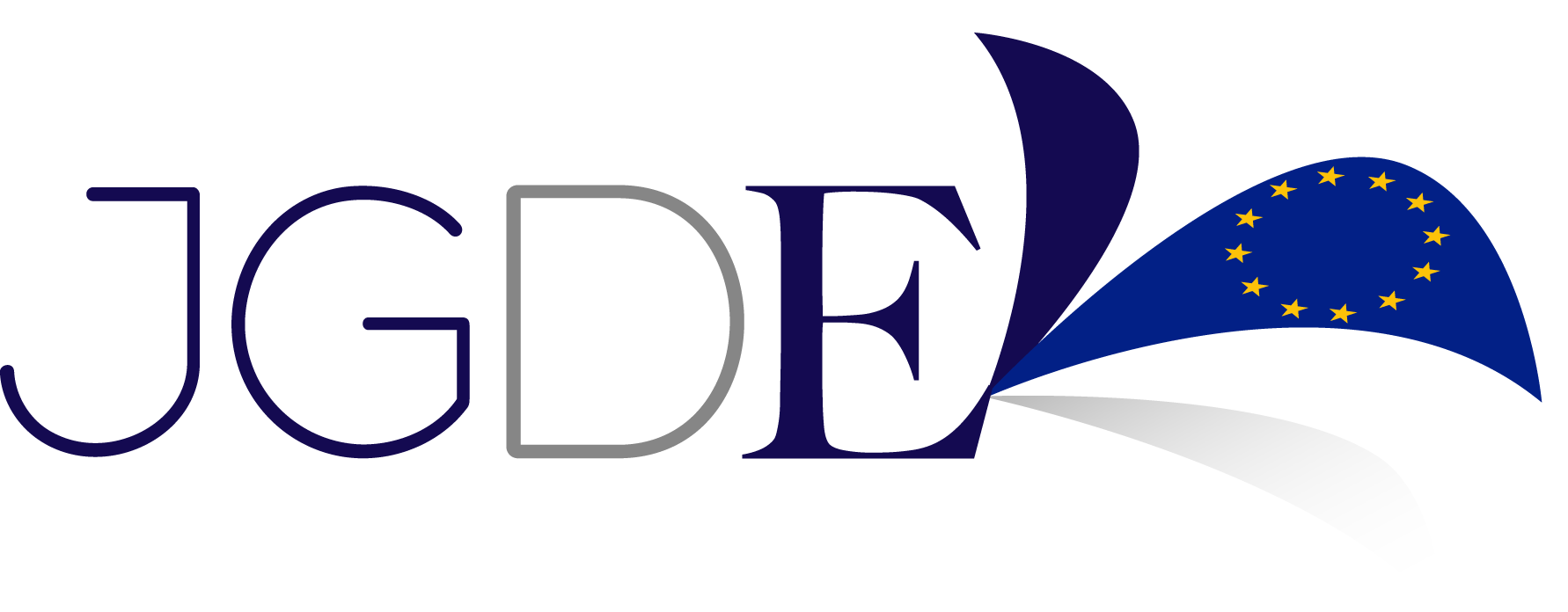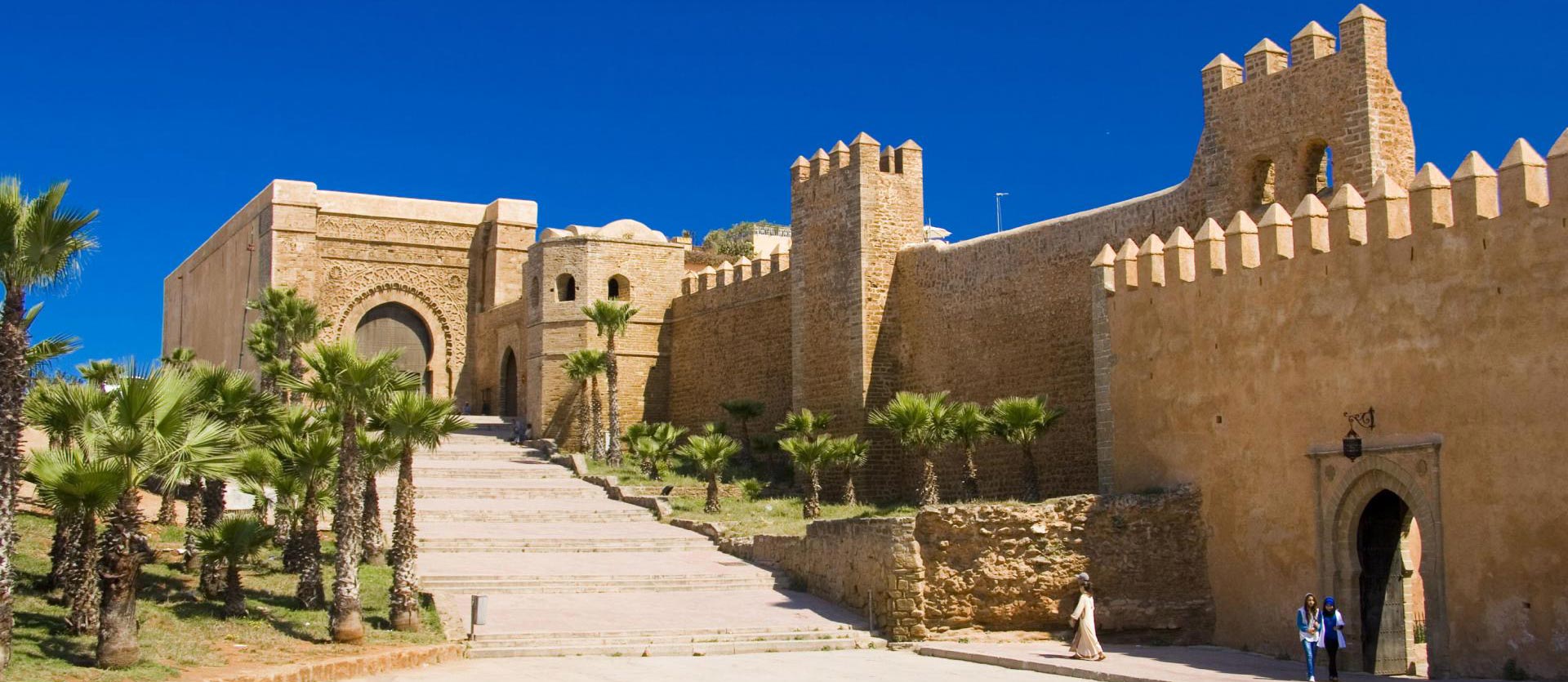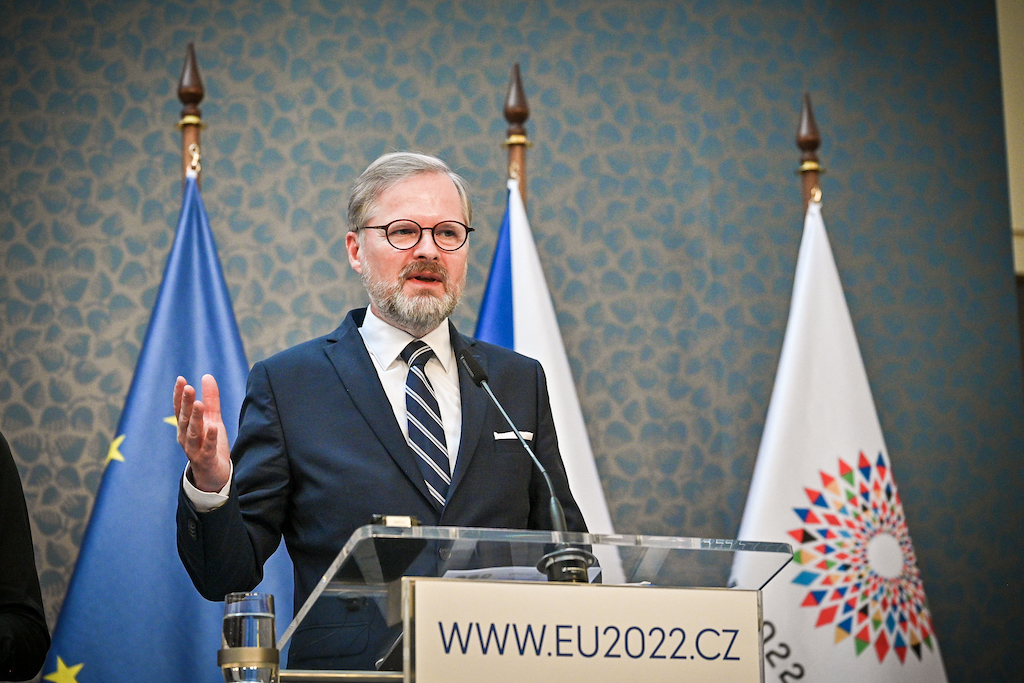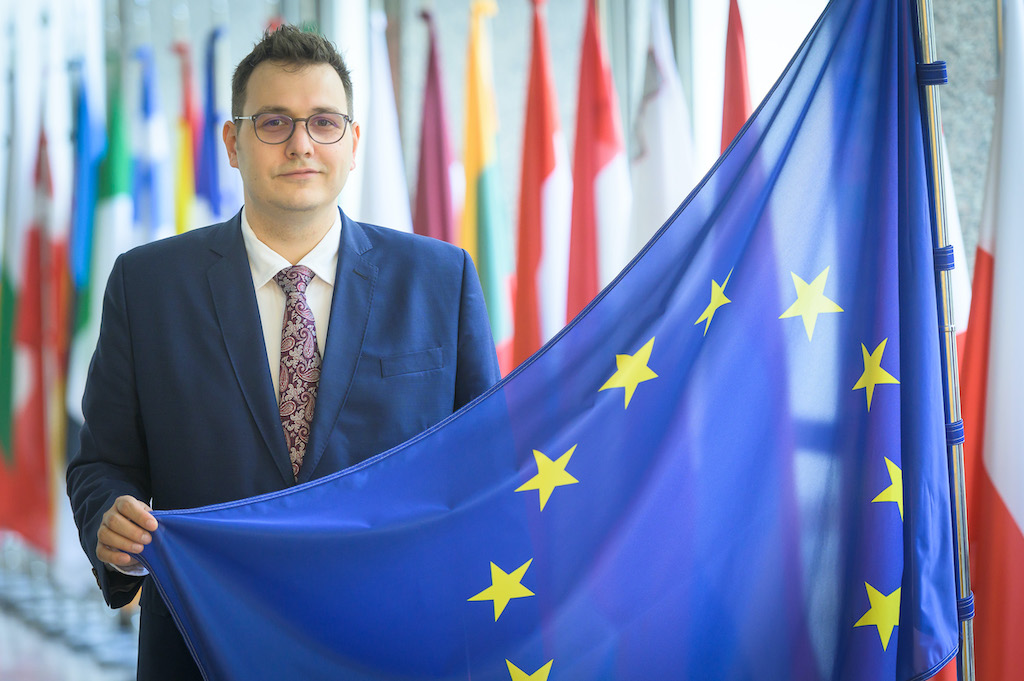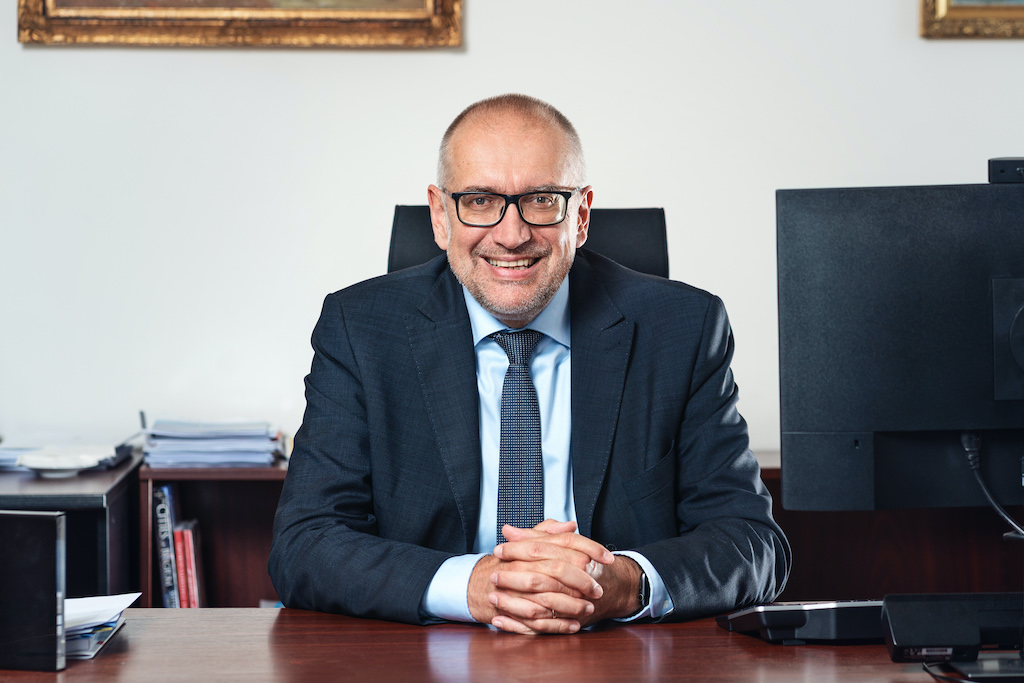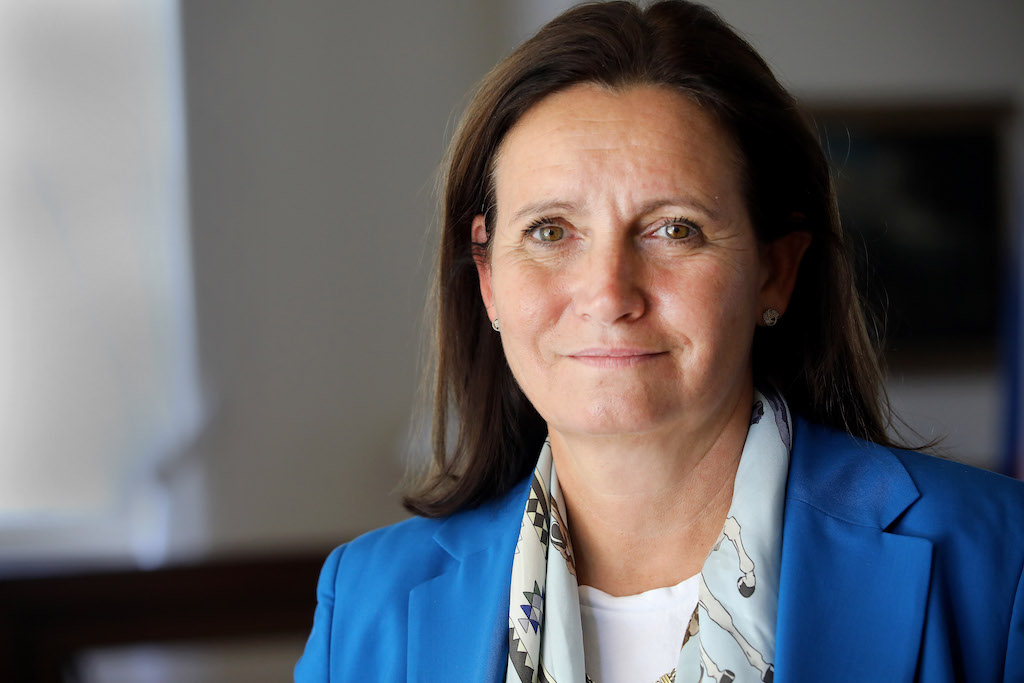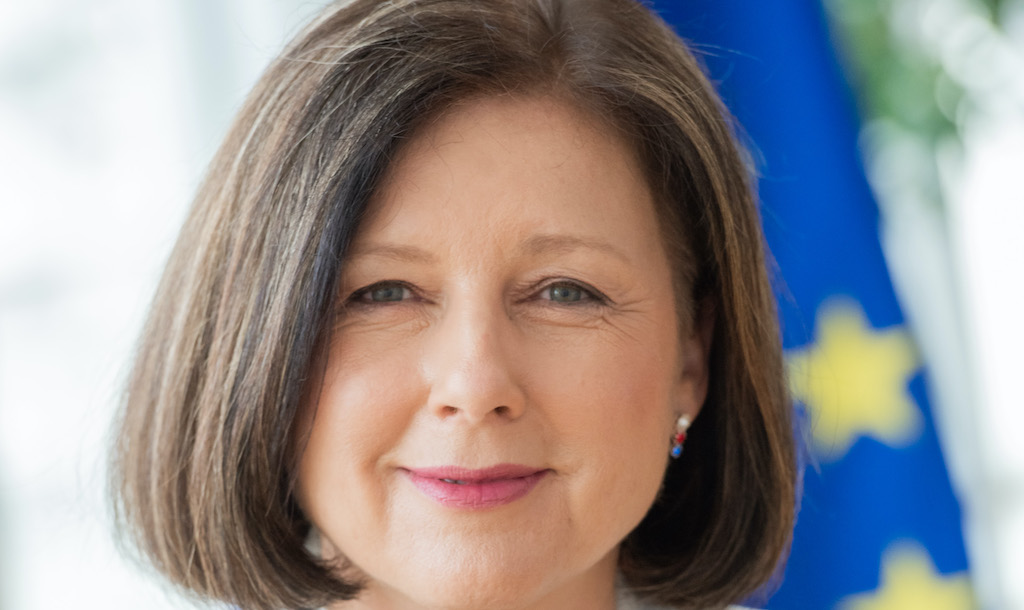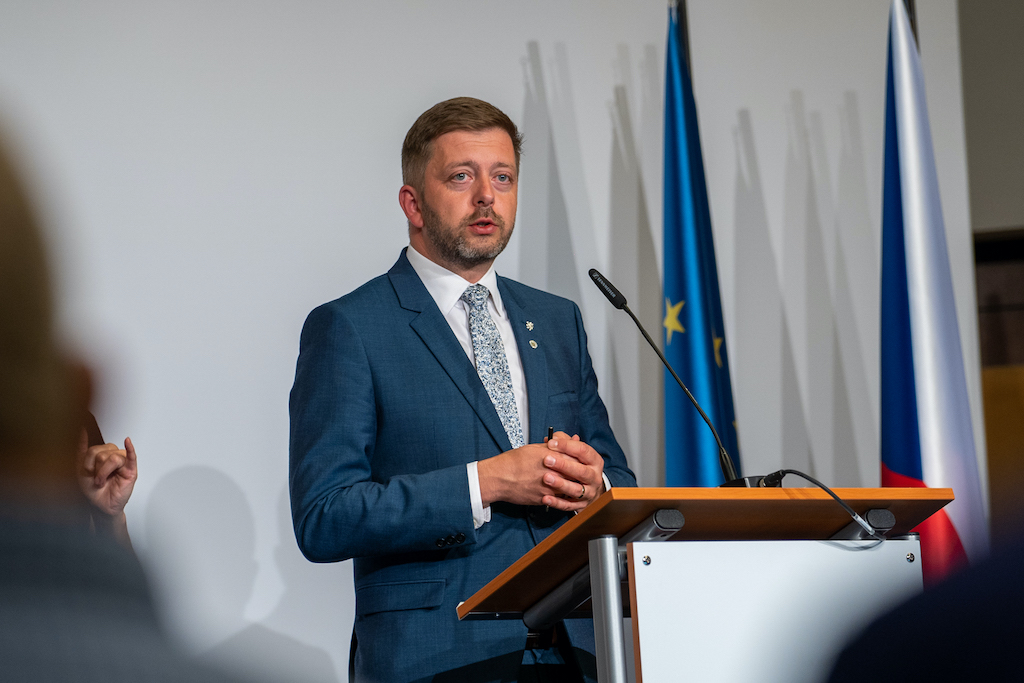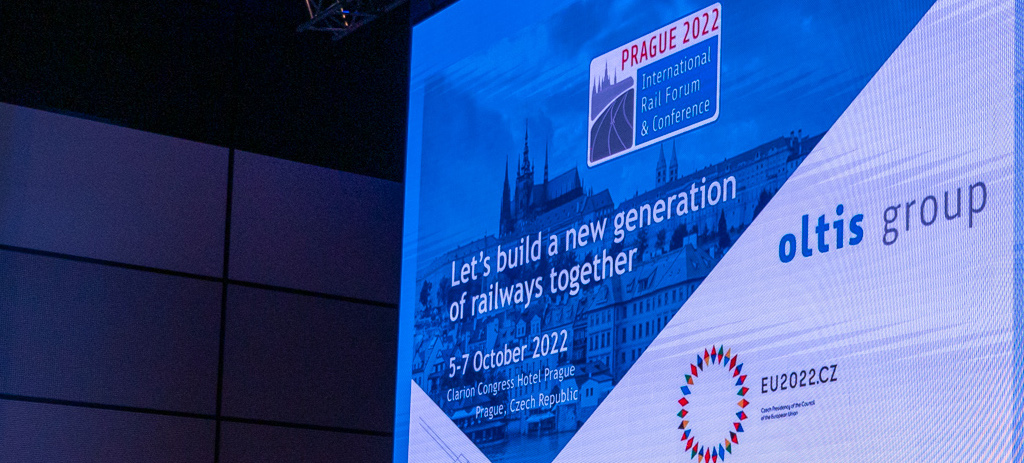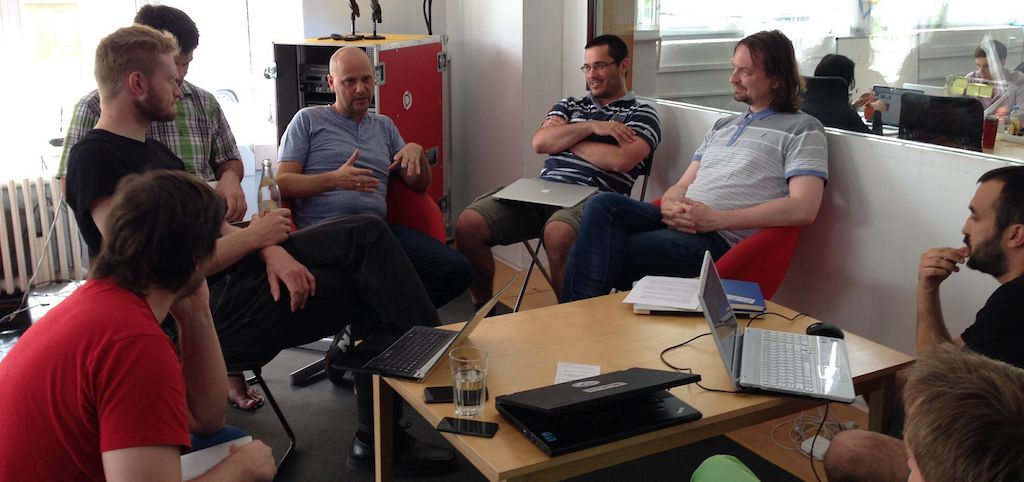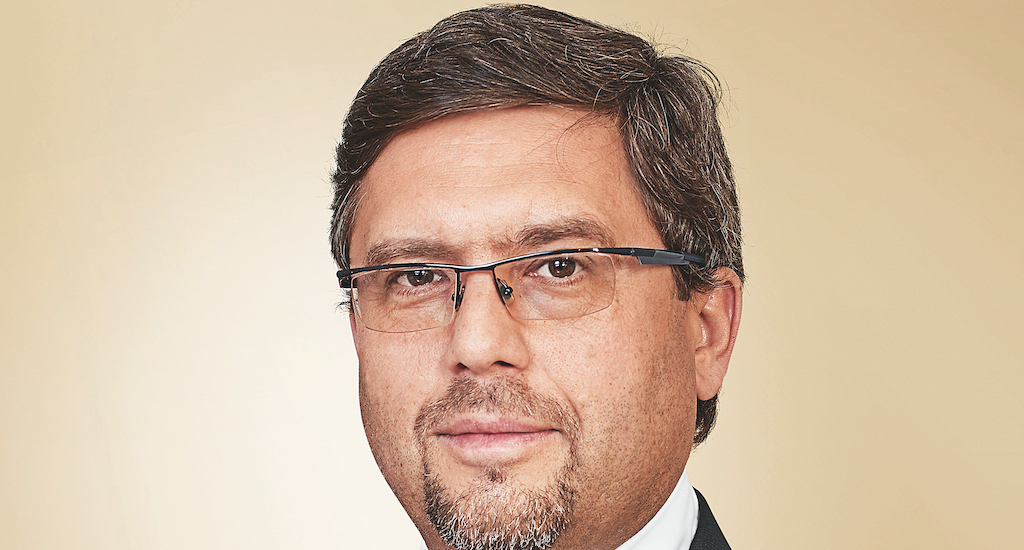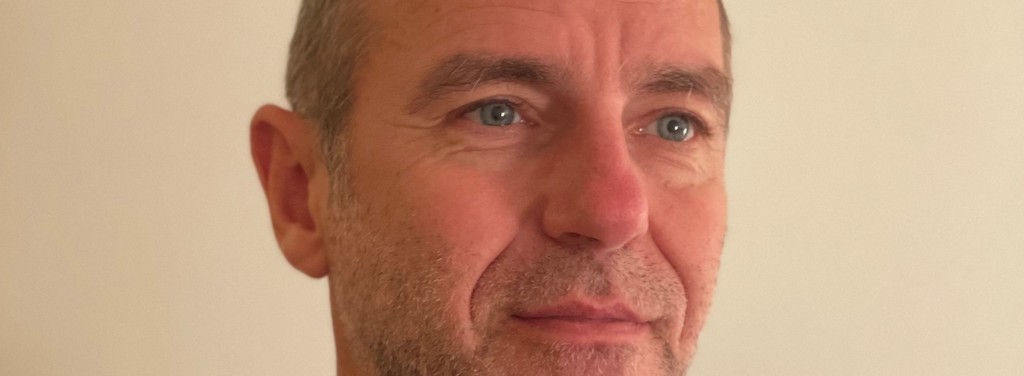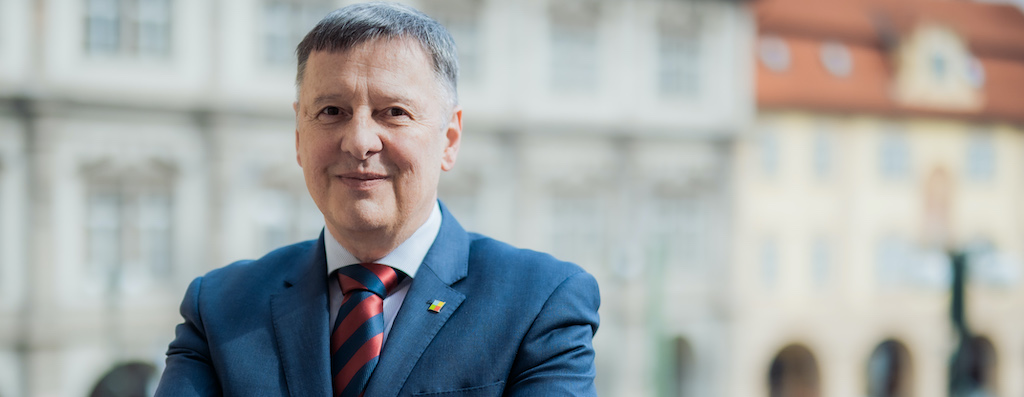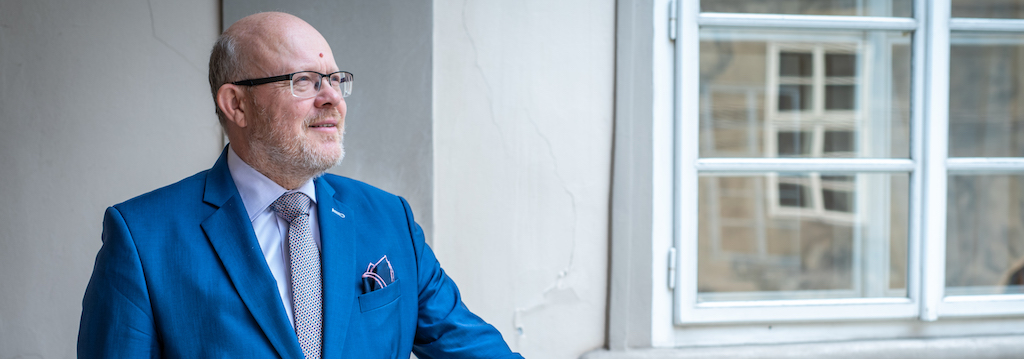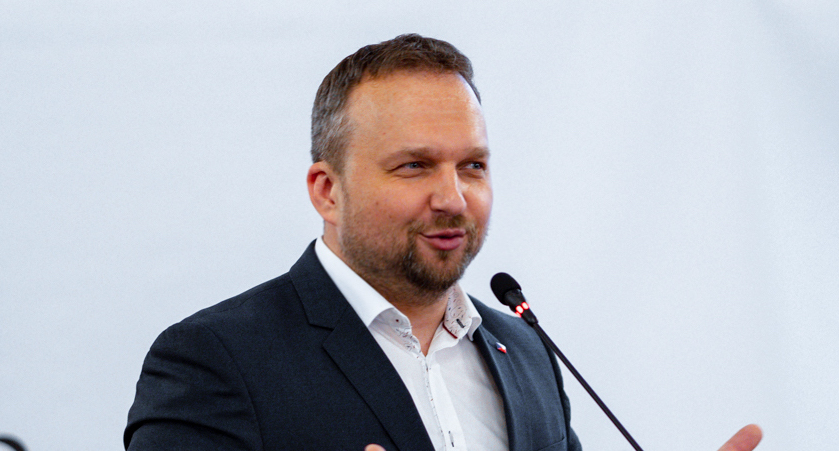“The region has very successful experiences of solidarity farming that demonstrate its positive impact on improving the living conditions of our people”.
At the direction of the Regional Office for Agricultural Development (ORMVA) of Gharb and at the Regional Directorate of Agriculture of Rabat-Salé-Kénitra, Mr. El Mahdi ARRIFI decrypts the agricultural model, its strengths, its difficulties and as the first consequences of the climate changes that are coming.
Can you tell us about the missions and skills of the Gharb Regional Agricultural Development Office that you head?
The Regional Office for Agricultural Development (ORMVAG) is a public institution with financial autonomy and legal personality. It is under the supervision of the Ministry of Agriculture but also under the financial supervision of the Ministry of Economy and Finance. It is an organisation that was created in 1966 to manage the large area of Gharb, which covers more than 380,000 hectares of land with a high production potential. Irrigation is done by large dams. The Office has three main missions: the first is to create land and water development that contributes to improving agricultural productivity. Its second mission concerns irrigation management, ensuring the operation and maintenance of irrigation and drainage networks as well as the distribution of water to farmers. Finally, its third mission is agricultural development with the support of farmers, the production of agricultural studies and statistics, and the execution of projects that focus on the plant and animal production sectors. Since its creation, many developments have thus been made.
The agricultural potential of the Rabat Salé Kenitra region in figures
- Total area of 1.7 million hectares;
- 20% of the country’s water resources;
- Area of “large irrigation” that exceeds 115 000 hectares;
- Underground water resources of nearly 1 billion m3;
- A great diversity of crops: fruits, citrus, olive trees, red fruit, market gardening, cereals, legumes, sugar crops, rice, fodder and even tropical crops, etc. ;
- In terms of animal production: over 700,000 head of cattle and more than 2.1 million sheep heads;
With all these productions, our region is today in first of the agricultural regions of the country next to the region of Casablanca. Our regional contribution to the national GDP in agriculture is 15% in 2016. There is therefore an important potential that we are of course always valuing. There are still opportunities for development, particularly in the context of the “Green Morocco Plan”. In economic and financial terms, the Agency has several sources of funding. The first comes from the general budget of the state almost 97% of funding from the Ministry of Agriculture. The second, which covers all of our operating expenses, comes from water royalties paid by farmers without recourse to state subsidies. All state funds are used for investment in projects.
In April 2008, the Moroccan government launched the “Green Morocco Plan” where are we in the region?
This strategy “Green Morocco Plan” (PMV) was born thanks to the strong will of His Majesty King Mohammed VI, this national policy is broken down by regional agricultural plans. Our region has its own plan and it is one of the most important at the national level. Our plan is based on the development of a high value-added agriculture, in the area of “large irrigation” and a program of solidarity agriculture for precarious areas oriented towards small farmers to promote conversion to more profitable crops.
Our plan, calls for the mobilisation of private investment but also public in the carrier vegetable and animal sectors. For this, we have an investment program approaching 19 billion dirhams (about 2 billion euros) over the period of the PMV (2008-2020).
The realisation of the projects is done obviously with the private partners, thus investors organised in particular within the framework of the “interprofessions” since 2012 to structure each sector of the upstream to the downstream of the production until the transformation by including all the actors: from producers to exporters. These partnerships can also be structured in the form of aggregates that allow today to gather small, medium or large producers, around the same agricultural sector and give the opportunity to small or medium farmers access financing through guarantees given by the aggregator. Since its implementation in 2008, the PMV has been able to develop thanks to these shared investment systems. Foreign investors, like the Spanish for red berries for example, also bring us a transfer of skills and play a role of leverage with small farms.
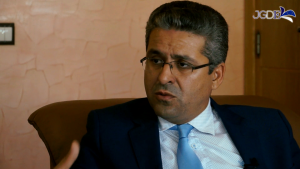
What are the major 2020 projects on PMV and on conversion for irrigation, irrigation networks and pumping stations?
Our current projects and projects in irrigation water are transversal and ambitious for a very high investment of 25 billion dirhams (2.5 billion euros). This concerns three main axes. First, it is the extension of the irrigation perimeter because it is possible to further develop access to available water resources. The second axis relates to the reconversion of networks for water-saving irrigation. Finally, the third and final axis concerns the improvement of the water distribution network, the upgrading of the agricultural water purification network and the opening up of the agricultural world with the valorisation of production and new packaging units. Moreover, we have been able to benefit from European funding. For example, the first major project we did was to reconvert 10,000 ha of an inefficient irrigation system that we converted to drip irrigation with the help of the European Investment Bank, which has financed this program 50%. It is a very successful project, which is modeled and visited. Indeed, we have put in place a modern irrigation system driven by new irrigation warning techniques and integrating the agricultural development component with the objective of improving productivity and diversifying crops, for more economy and better valuation as well as to cope with the effects of climate change.
What are the progress made today in the areas of improving agricultural growth, fighting poverty and hunger, integrating young people, but also in terms of the resilience of agriculture?
We are talking a lot about progress in Morocco and it is still necessary. On the human level, the agricultural sector is of course a priority. The Minister of Agriculture became aware, from the launch of the PMV, the importance of training, coach and supervise farmers. This is why a very large national structure has been set up dedicated to agricultural advice and support. It is the National Office of the Agricultural Council which has regional directorates and provincial agricultural advisory services at the level of the whole national territory, this Office is in charge to assure a council of proximity on all the plans, that it is technical , management, training needs, support for change, etc.
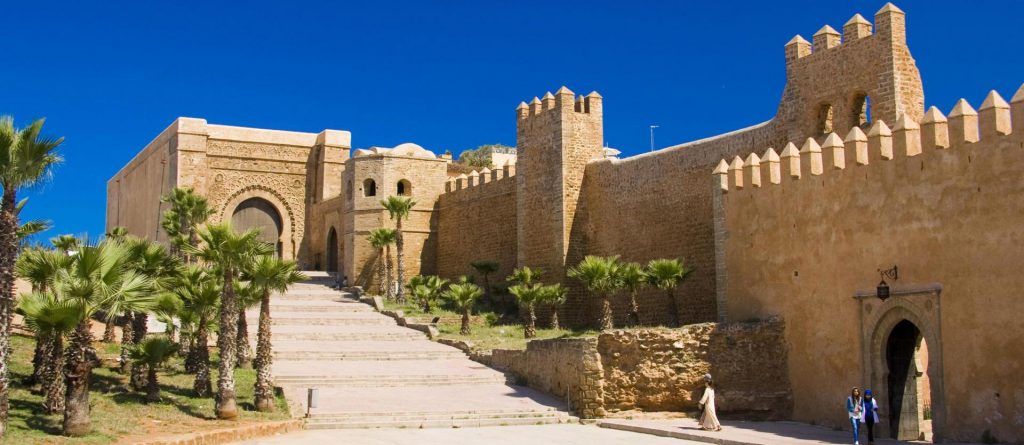
For more than eight years of implementation of the PMV, the region has very successful experiences of solidarity farming that demonstrate its positive impact on improving the living conditions of our people and fighting against precariousness. Finally, agricultural vocational training is also important for the progress of the sector. We have vocational training institutions to train specialised technicians, technicians, skilled workers in different disciplines, such as horticulture, breeding, mechanisation, irrigation, etc. We also provide apprenticeship training especially for the sons of farmers, 3000 beneficiaries are expected by 2020, this will help improve the level of small farms. The effect is already being felt, many young people are “moving” the system now!
In terms of resilience, a lot of effort is being made. We are strongly aware of the consequences of climate change: Morocco is at the crossroads of climate change between Europe, Africa and the Atlantic Ocean, and the Mediterranean. We are facing more and more extreme weather events: pronounced droughts like in 2015-2016, very significant floods as in 2009-2010. We are therefore in a perspective of adaptation of our cultures, by rationalising our resources, in order to apprehend and adapt to climate change. Moreover, Morocco is the only country in the World currently that subsidises 100% water saving projects.
What message do you want to pass on to our readership?Morocco’s historic partnership with the European Union in the field of agriculture is an essential point for us. European investors are therefore welcome in Morocco to participate in our development. The know-how of European companies is welcome in the field of irrigation, the development of agricultural land, hydraulic developments. Above all, we take seriously the dimension of climate change that we integrate into every action, every project; the objective is to safeguard natural resources and especially to increase the resilience of the farmer and agriculture in general.

